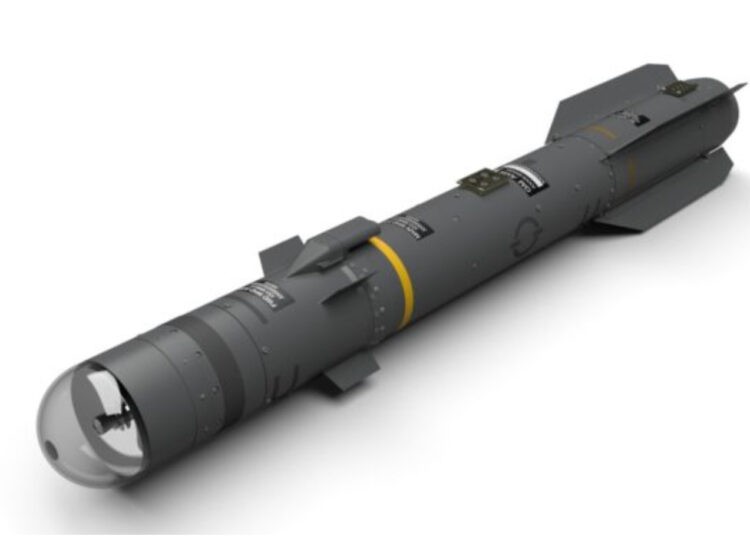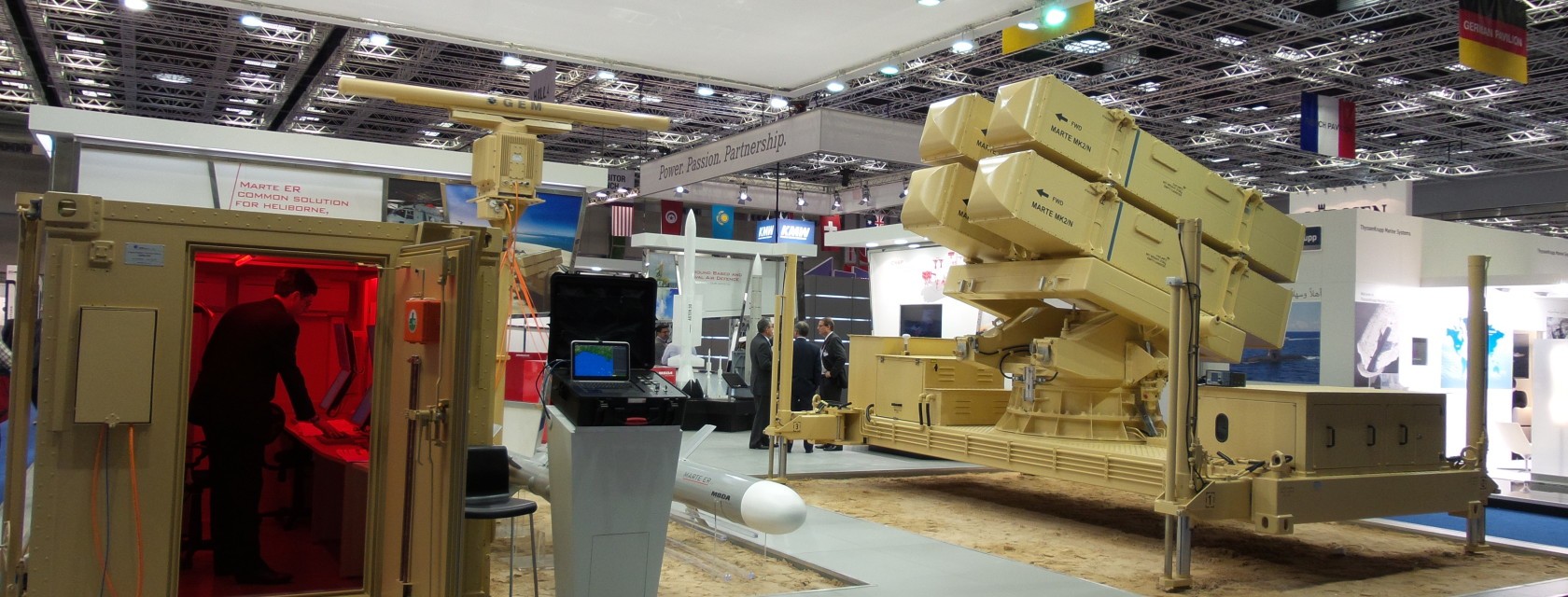With the visit of British Prime Minister Boris Johnson to Kiev on 9 March 2022, it became known that the United Kingdom's future arms deliveries will also include sea-based missiles. Since then, the Harpoon ship-to-ship missile system has been discussed in the media as an option.
More neutrally, the press release from 10 Downing Street published on 9 April speaks of a "new 'anti-ship' missile system". A reason for marineforum to look into the plausible possibilities.
Considerations
The premise in a variant check is, firstly, that it should be a British weapon system in order to avoid possible reservations on the part of the country of manufacture. In the case of Harpoon, this aspect could presumably take a back seat due to the special relationship between London and Washington and the proliferation of the A/RGM 84 Harpoon.
In addition, the system to be supplied should not be tied to Western carrier systems. As is often the case with aeroplanes and helicopters. Western aeroplanes or helicopters that use missile systems are not in the arsenal of the Ukrainian armed forces. Sea Skua, for example, is therefore not included. It is only 'compatible' with the Sea King and Sea Lynx helicopters.
Like other ship-to-ship missile systems in the Royal Navy, the Harpoon missile mentioned in numerous reports is used by floating units, including the Type 23 frigates and the Type 45 destroyers. Its end of service in the Royal Navy was already scheduled for 2018 and has since been postponed to 2023.
Depending on the variant, Harpoon missiles are capable of hitting sea targets at distances of between 50 and 150 nautical miles. The missile receives the target data from the on-board system of the respective platform. During the approach phase, it navigates using inertial navigation. At a predetermined distance from the target, the missile's own radar takes over target tracking and delivers the more than 200-kilogram explosive charge to the target. Harpoon comes with its GWS 60 command and control system, which can be fitted to sea-based units.
It should be noted that there is currently no coast-to-ship missile system that uses the Harpoon. Denmark, which had this capability with the Harpoon missile with the 'MOBA Ops', abandoned it between 2000 and 2005. Taiwan is in the process of introducing a coastal defence system based on Harpoon. The delivery of the Harpoon Coastal Defence System Launch System (HCDS) was agreed in October 2020 as part of a foreign military sale between Taipei and Washington. The corresponding order was placed with Boeing Co, St. Louis, Missouri, on 2 March 2022.
Plausible options
In the case of Ukraine, the use of a missile system that can be deployed from land or easily integrated into the on-board system seems more plausible. Furthermore, its low availability in the British armed forces seems to speak against Harpoon. Due to the imminent decommissioning, it is possible that the stocks have been run down.
Brimstone Sea Spear is being discussed on social networks as a conceivable option. This is a variant of an anti-tank guided missile built by MBDA for the Royal Air Force. According to the manufacturer, Brimstone Sea Spear has a modular design and can be integrated into a variety of ship types/classes. According to MBDA, the missile has proven itself in Afghanistan, Libya and Syria. In company tests, Sea Spear is said to have successfully engaged multiple targets. According to the manufacturer, one of the targets was a 15 metre long boat travelling at 20 knots.

In addition to Brimstone Sea Spear, MBDA offers other missile systems that could be considered for Ukraine. Exocet Mobile Coastal, EMC, is a coastal defence system based on the Exocet missile. The picture above shows EMC. Marte Mobile Coastal Defence System (MCDS) uses Marte Mk2 missiles (also known as Sea Killer). Both systems include their own sensors for autonomous operation and/or connection to a more comprehensive C3I system and consist of a mobile sensor unit, a mobile control unit and mobile launch units with four missiles each.
The size of the explosive charge is irrelevant for the time being. The Exocet's explosive charge, which weighed over forty kilograms, led to the total loss of the "HMS Sheffield" in the Falklands War and caused considerable damage to two other ships, including the RoRo ship "Atlantic Conveyor". Certainly, the damage caused by the Sea Spear's explosive charge, which weighed just over ten kilograms, may have been limited against landing ships. On the other hand, the total loss of the Russian "Saratov" in Berdyansk shows the consequences of hits from the upper deck charge commonly used by Russian landing units. The Sea Spear has a laser-optical targeting capability, which could make such a hit possible.
Further agreement
It is also unclear whether this current agreement on 'anti-ship' missiles is part of the intergovernmental framework agreement concluded in November 2021. According to British press reports, it was intended to contribute to the delivery of two mine countermeasure vessels (MCMVs), the joint production of eight missile-carrying ships, the supply and retrofitting of weapon systems for existing ships, the joint production of a frigate and advice and technical support for the construction of naval infrastructure, including the supply of equipment. The value was estimated at 1.7 billion pounds sterling (approx. 2.03 billion euros).












4 responses
It is difficult to understand how a Brimstone with a range of 10-20KM can be seen as an alternative to a Harpoon with a range of 100-200KM with the same requirements.
The requirements are not the same and the alternatives mentioned in the article are not equivalent: The Harpoon could be used to clean up the Sevastopol roadstead - the Brimstone could be used to protect its own coast against landings. What would help Ukraine more?
Thank you Mr Mergener. Hopefully this will stop the next hype in the public debate in our country. It seems we will soon have more military security experts than national football coaches.
Merci!